Ammunition 101: Everything you need to know about ammo

There are so many different types of ammunition available for rifles, pistols, and shotguns that it can be hard to know where to start. What is the difference between balls and softballs? Do you need high brass or low brass shotgun shells?
In this guide, we will introduce and explain the basic characteristics of the most common ammo types. Note that terms, measurements, and color codes are not always consistent across manufacturers; the standards you'll see here are the most common, but there are others.
Rifle and Pistol Anatomy
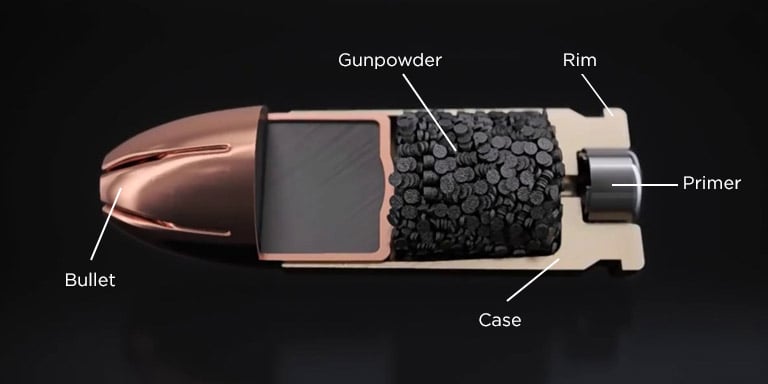
For the most part, rifle and pistol cartridges have the same basic anatomy consisting of five parts. The whole unit is called cartridge or canister.
-
The case is the brass or steel body that holds all the other components.
-
The bullet is the solid metal projectile inserted into one end of the case.
-
The rim is the crimped end of the case, the shape of which allows the firearm extractor to grab and eject the empty case.
-
Inside the case is the gunpowder that propels the bullet out of the barrel.
-
The primer is the part of the cartridge struck by the firing pin, which creates a spark sufficient to ignite the gunpowder.
Choosing Rifle and Pistol Cartridges
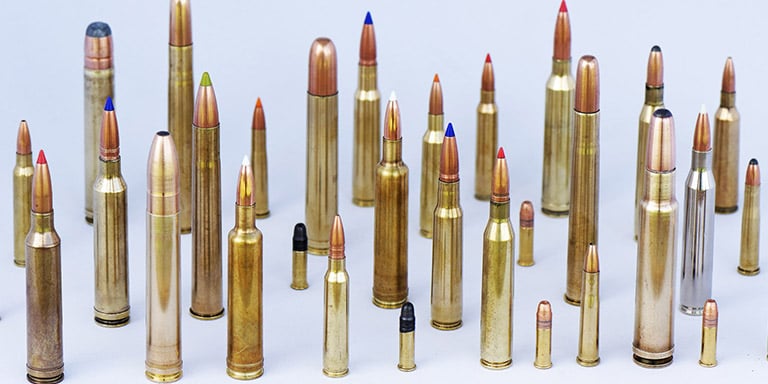
There are hundreds of different rifle and pistol cartridges, but a small fraction of these make up the majority of cartridges sold and fired. The four main considerations when choosing a cartridge are caliber, load, grain, and type.
-
Caliber describes the physical dimensions of a bullet and is measured in inches or millimeters.
-
Charge refers to the amount and type of gunpowder in the case.
-
Grain refers to the mass of the bullet itself (not the type or amount of gunpowder, as is commonly believed).
-
The type categorizes rounds by intended purpose.
Caliber
Some of the most popular rifle calibers in the world, from smallest to largest, are:
-
.22LR
-
rifle .30
-
7.62x39mm
-
5.56/.223
-
6.8 CPR
-
6.5 General
-
.30-30 Victory
-
.45-70 Gov
-
7.62x51mm
-
.30-06
-
.50BMG
Popular gun calibers include:
-
.22LR
-
.380
-
.32 ACP
-
9mm
-
.40 S&W
-
.45 ACP
-
.38
-
.357 Magnum
-
.44 Magnum
In general, as bullet size increases, price, recoil, effective range, and stopping power also increase, while magazine capacity and effective rate of fire decrease.
Load
Gunpowder is a complex subject, but fortunately it usually doesn't make much of a difference to the everyday shooter. Unusual or custom gunpowder mixtures are generally used only by competitive shooters and advanced amateurs. When shopping for target or self-defense bullets, you will want to pay more attention to caliber, grain and type.
Grain
The grain of a bullet is a simple measure of its mass. A "grain" is a unit of weight equal to 2/875 of an ounce. So when you buy a box of 55 grain .223 bullets, each bullet (not the bullet, just the bullet itself) weighs 55 grains, or about 0.126 ounces. A bullet's weight has significant effects on its speed, stopping power, and penetration, with heavier bullets generally hitting harder and penetrating, expanding, or fragmenting more significantly.
Type
You will also need to carefully consider the type of bullet, especially if you are shopping for defensive cartridges. Many (but not all) bullet types exist in both rifle and pistol variants.
-
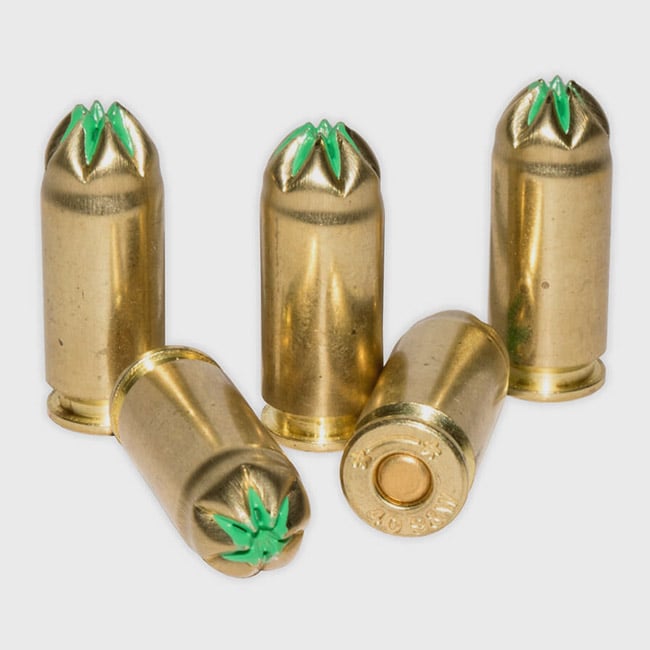
Whites
are gunpowder-filled casings that contain no bullet at all, primarily used for training or special effects purposes. Even if there is no bullet, the blanks still discharge small fragments of metal at high speed and can injure or even kill people or animals at close range. -
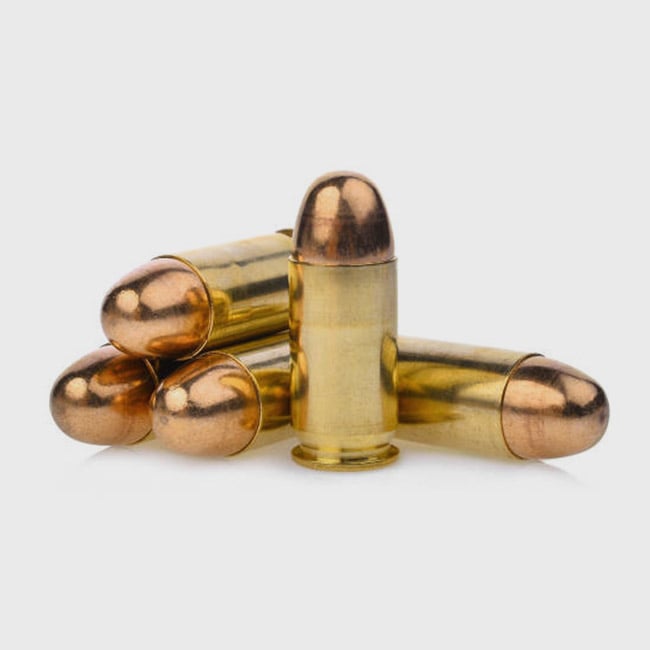
Full-Metal and Total Metal Jacket ammunition
Ball or full-metal jacket (FMJ) are generally the simplest and cheapest. The bullet is a solid, conical piece of metal that does not fragment on impact. It has poor to average performance against armour, but over-penetration is likely with soft targets (although these factors are also highly caliber dependent).Full and total metal jacket (CMJ/TMJ) cartridges are almost the same thing as FMJ cartridges. The differences are subtle and generally have no impact on ballistic performance outside of very specific situations.
-
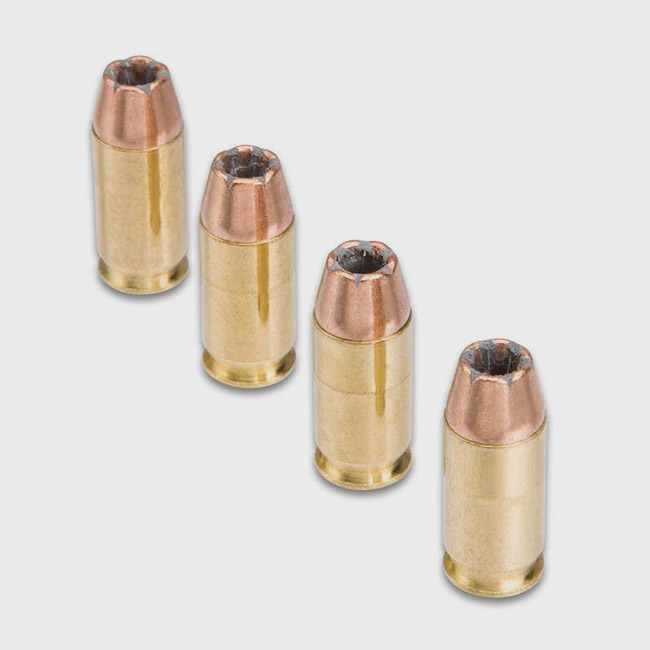
hollow point cartridges
are designed to expand on impact while remaining in one piece, greatly increasing the surface area of the bullet and therefore the damage it can cause to soft tissue in exchange for minimal penetration. -

Soft Point
A soft point bullet strikes a good balance between FMJ and hollow point bullets in terms of penetration and expansion. While FMJ cartridges have hard copper shells, soft point cartridges have soft lead exposed at the end of an otherwise closed shell. This means that the bullet will expand on impact, but it probably won't expand as much as a hollow point. -
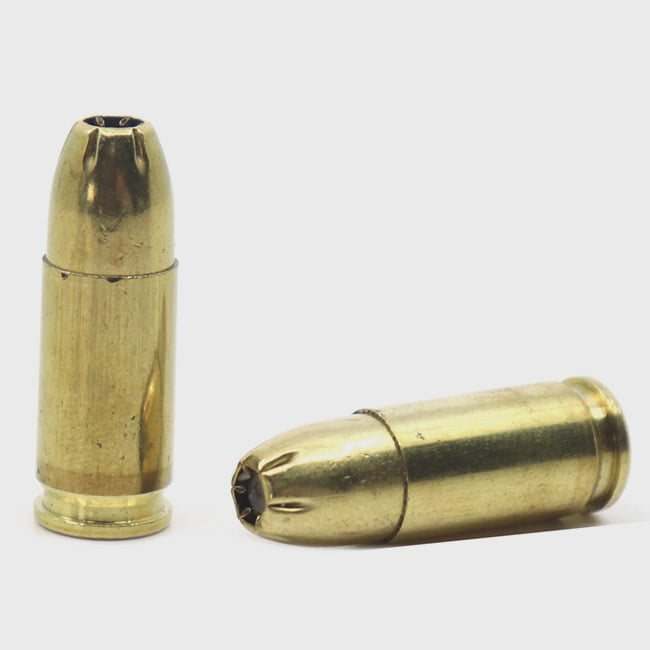
breakable bullets
have scored tips or are otherwise designed to fragment into multiple small pieces upon impact. Ballistically and tactically, they are essentially the opposite of FMJ rounds. Penetration is minimal and the many small fragments create multiple wound channels, increasing stopping power. -
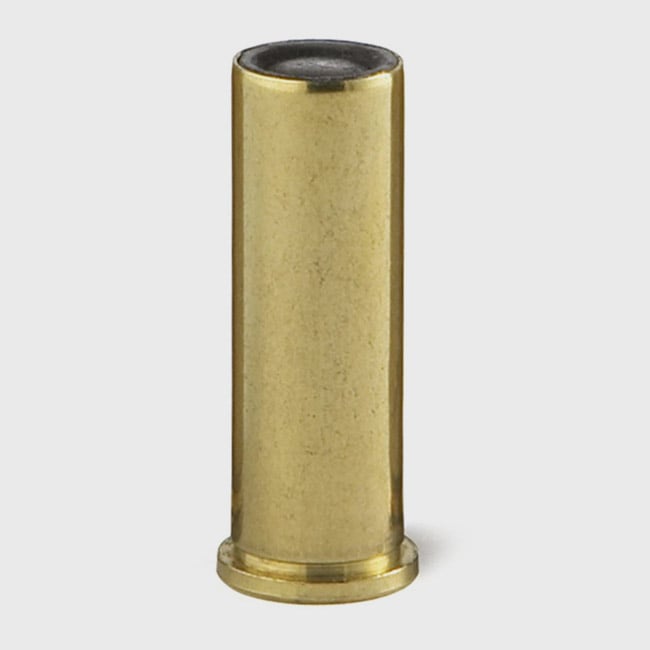
Wadcutter
Wadcutter cartridges and their many subtypes are flat-tipped bullets typically used to fire at paper targets. The flat nose greatly increases drag and thus reduces bullet velocity, but some people use them as defensive rounds, especially in short-barreled firearms where the maximum bullet velocity is limited by the bullet anyway. barrel length.
Color codes

In many cases, rifle and pistol cartridges have color-coded tips to indicate that the cartridge is designed for a specific purpose. Note, however, that these color codes are not universal. Colors shown here are generally consistent between military suppliers, but may differ elsewhere.
-
FMJ balls/balls have no color.
-
Armor-piercing rounds have black or green tips, although 5.7mm armor-piercing rounds have blue tips. Armor-piercing rounds are generally illegal for civilians.
-
Incendiary cartridges contain explosive compounds designed to ignite fuel or dry brush. Like armour-piercing shells, they are generally illegal for civilians.
-
Tracer shells have red or orange tips and leave visible trails in the air, useful for visualizing the trajectory of a shot and the point of impact.
-
Frangible cartridges, if color coded, often have green tips atop a white ring.
Round Shotgun Anatomy

Shotgun cartridges are, of course, different from rifle and pistol cartridges in several ways. Their parts are, however, roughly analogous.
-
The case is the "body" of the shell which contains all of its other components.
-
The shot consists of four to twenty or more spherical projectiles made of lead or steel.
-
The neck is equivalent to the rim of a rifle or pistol holster. It surrounds the primer and is also the part "grabbed" by the extractor to both load and eject the shell.
-
Inside the case is the gunpowder that propels the shot out of the barrel.
-
The wad is a tightly packed disc of cloth or plastic used to separate the shot from the powder and to ensure that the propellant gases affect each pellet more or less equally.
-
The crimp is the bent plastic end of the shell opposite the primer that holds the shot until the shell is fired.
Choosing shotgun shells

As with pistol and rifle cartridges, choosing the right shotgun cartridges for your needs requires some basic knowledge – in this case, gauges, loads, and height of brasses.
A shotgun's gauge is analogous to a pistol or rifle caliber, with lower numbers indicating a larger diameter cartridge and therefore more room for more (or bigger) shot. The most common shotgun calibers are 20, 12 and 10.
There are many different types of shotgun loadouts, each serving a different purpose.
-
Field, small game or target loads consist of many very small pellets and are generally used for target practice or for birds, rabbits etc.
-
Buckshot consists of fewer and larger pellets and is used for hunting big game or for personal defense.
-
Slugs are simple, solid metal projectiles that replace shooting entirely. They are devastating to soft tissue and can easily penetrate multiple targets, especially in large calibers.
-
Dart bullets fire dozens of small steel darts as opposed to spherical pellets. These darts fly farther and more accurately than the shot, but generally have slightly less overall stopping power.
-
Poofballs are small, less lethal projectiles designed for riot control.
Shotgun cartridges are high brass or low brass, both of which refer to neck height. Most shotguns will accept either type, but some cycle poorly (or not at all) with low brass ammo, in particular.
Color codes

Contrary to popular belief, shotgun cartridges do not have an official color coding system, unlike rifles and pistols. The shells can be red, green, black, blue, white or any other color, but the meaning of the color (if any) depends on the manufacturer.
Shopping for ammo can seem overwhelming, and there are many more types than one article can cover, but hopefully you can now choose the right ammo with more confidence.
0 comments